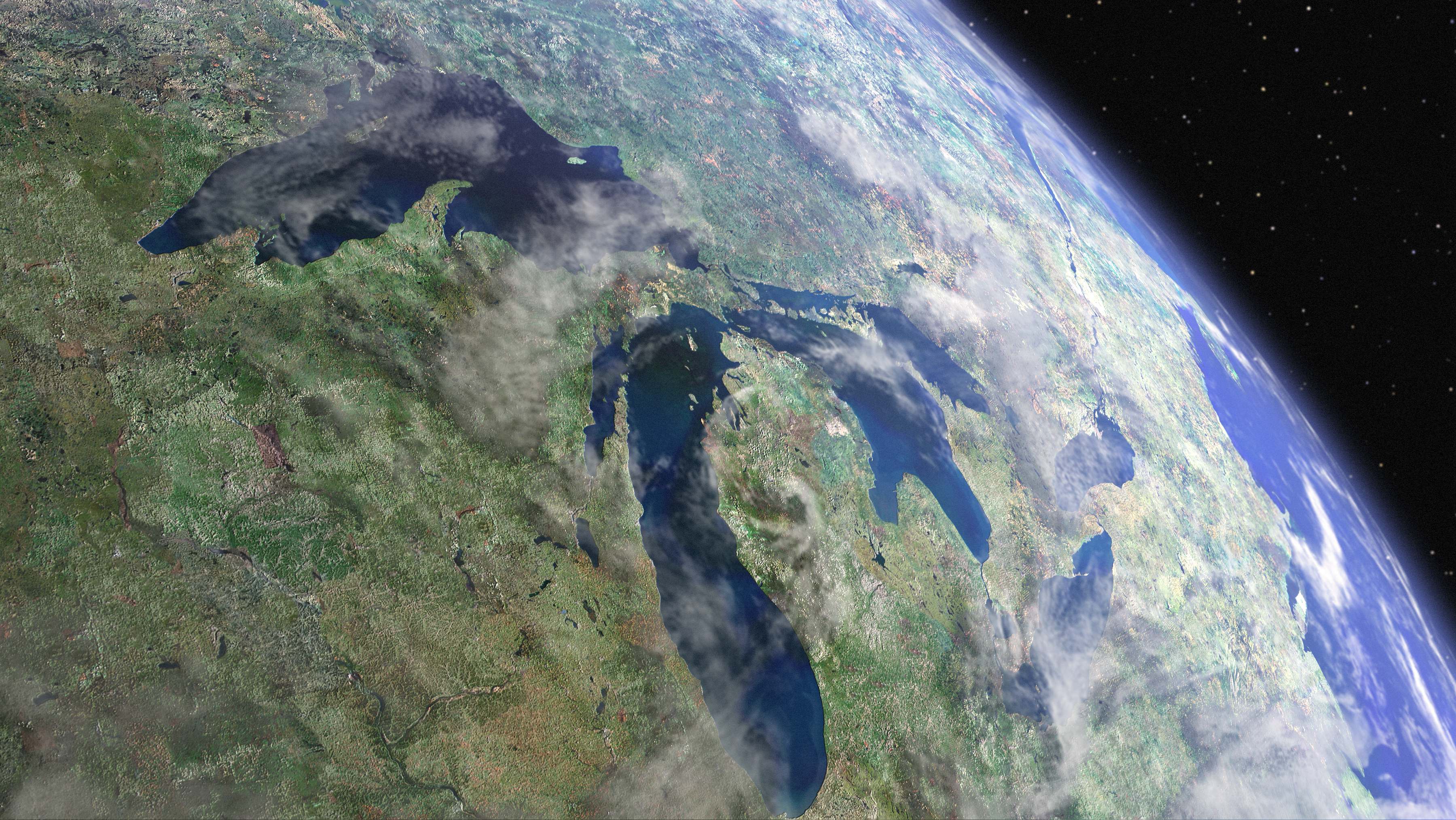
Today is Great Lakes Day, and a time to reflect on how unique the Great Lakes region is. 21% of the Earth’s available fresh surface water is on our doorstep. The lakes are beautiful and provide enjoyable opportunities from fishing, swimming, enjoying a beach and watching sunrise and sunsets over the inland seas. Yet for all the bounty the Great Lakes' 6 quadrillion gallons contain, thousands of households do not have access to safe and affordable drinking water.
Clean Water Action has worked for decades to protect the Great Lakes and the 40 million people who rely on the lakes to provide drinking water. We also need to ensure everyone has access to that water. An estimated 2,000,000 people in the US live without basic access to safe drinking water and sanitation. Unfortunately, even surrounded by such an immense and awesome resource, many live in the Great Lakes region without access. Water shutoffs were not uncommon before the pandemic - being just $150 behind in Detroit would lead to losing water in your home. As shutoff moratoriums lift, residents from Duluth to Chicago to Cleveland and beyond are again struggling with paying the bills.
One reason too many lack access to safe and affordable drinking water is deteriorating infrastructure and the persistence of lead in our drinking water systems and homes. The significant costs in addressing these public health and safety issues can be daunting for local governments and utilities are increasingly passing the cost to ratepayers. Correspondingly, water bills have skyrocketed in older cities across the region with the costs being passed on to vulnerable communities unable to afford the increasing burden.
Pollution threats to the Great Lakes are also a concern, including from industry, mining, fossil fuel production, runoff from farm fields and residential lawns and streets, shoreline development, and more. These threats are compounded by climate change and the unjust and disproportionate burden of pollution and environmental harm in Black, brown, Indigenous and lower income communities. Treating polluted water to make it safe to drink is expensive - and sometimes impossible, as seen in Toledo when a Lake Erie algal bloom left an entire city without safe water to drink.
The good news is federal investment in water provides a fantastic rate of return that benefits us all. Investing in water infrastructure and stopping pollution at the source protects public health, improves climate resiliency, reduces maintenance and operational costs, and creates good-paying local jobs and healthier communities. For more than a century, we treated our lakes as they were our sewers and our industrial waste disposal sites, and we didn’t really want to face the consequences of these past and current choices. If we want to keep the Great Lakes great, we need to do better. Take action today and ask Congress to invest in protecting the Great Lakes and ensuring everyone has access to safe, affordable drinking water!


